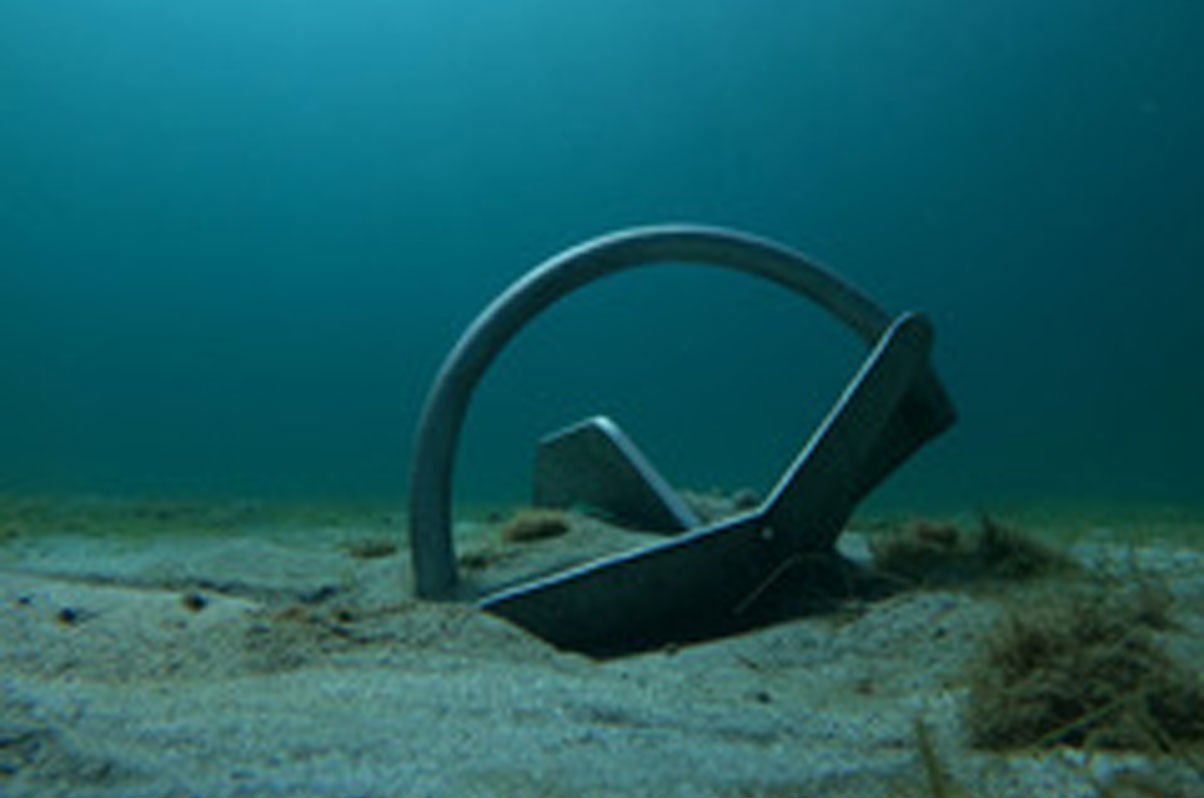
Hello fellow sailors and like minded friends, Let’s talk about anchoring!
How to feel safe and sleep like a baby. What’s the proper way to anchor? What are things I need to take into account before dropping the hook? What’s proper anchoring etiquette? The list goes on.
To start you off in the right direction, I’d recommend you ensure that your anchor and chain and/or rode is appropriately sized for your boat. I’m not going to talk about what size, the type of anchor or chain you need to have for your particular boat. There are enough places online to explore the many options available. I’m going to go right into explaining how I anchor our 42 foot sailboat.
Things to Consider Before Arriving at an Anchorage
Before arriving at an anchorage, I will research as much as I can before deciding on dropping the hook. What are the depths? What’s the bottom like? Where’s the wind going to be coming from while we’re there? Is there a current? Will it be protected by swell? Are there large fishing fleets or ships passing nearby? After considering all that, I will also identify back up anchorages in the event that the anchorage is full upon my arrival or doesn’t feel comfortable enough to stay.
Things to Consider Upon Arrival
Once we’ve arrived at the anchorage, I start by taking note of all the boats at anchor and those on mooring balls. I like to see which direction they’re facing so I can determine how I will be falling back from where I drop the hook. If I know there will be no winds shifts, I’ll feel a bit better with the spot I decide to drop the anchor.
If the winds are going to shift, I take note of which boats are anchored and which are on mooring balls. The boats anchored will have a much greater swinging radius than those on a ball. Both scenarios can serve as an advantage and a disadvantage, depending on the circumstances and weather.
For example, if a heavy current runs through the anchorage, those moored on a ball won’t swing around as much as I will, being anchored. If boats around me are anchored, I will need to account for a 360 degree swing radius of my own boat, plus that of my neighbour’s, especially when it’s slack tide or when winds die off as chances are, we will all be facing different directions. This leads me to my next observation when arriving at an anchorage.
If it’s a tight anchorage resulting in the need to anchor closer to another boat, I like find a boat that is similar to mine as I want to have similar effects in windage. (Windage: the air resistance of the boat or the force the wind has on the boat,)
Each boat reacts differently to the wind while sitting at anchor. For example, a catamaran will have much more windage than a sailboat without a full enclosure. I am aware that our boat has more windage, being a centre cockpit with a full enclosure that is usually zipped up. It’s important to take this into consideration if it’s a tight anchorage.
Time to Drop
After all my mental notes are accounted for when pulling in to a new spot and I’ve located a comfortable spot to anchor, I will drive in a circle large enough for my swing radius . This circle allows me to confirm the depths surrounding me and that there are no obstructions below. After my circle is complete, I turn into the wind or current (whichever is greater) and will begin to release the anchor. It’s important to note that I don’t just throw all my chain or rode overboard thinking I’m good to go. That’s a recipe for fouling the anchor before it even sets. I lay out the chain on the ground as I fall back from where the anchor was dropped. How much chain? There are many different methods and formulas to follow, which you can also find online, however, my go to is letting out a minimum of 5:1 (chain to depth ratio) for winds under 10 kts, 7:1 in winds up to 18 kts and 10+:1 in winds greater than 25 kts. Like a wise sailor once told me: “The chain isn’t doing anything sitting inside your locker.”
Setting the Anchor
Next I back down on my anchor to ensure it’s set nice and good. I will slowly reverse until the chain is taught and proceed to rev up to 2500 to 3000 RPMs while paying attention to a target onshore while feeling the chain. If it’s chattering or jumping, I’m most likely jumping across the rocks on the bottom and if it’s an abrupt stop afterwards, I’ve most likely snagged a rock and am not set properly. If it’s a slow gradual stop, then I’ve dug into sand or mud which is the ideal bottom for a good holding.
Anchoring Etiquette
My personal pet peeve. If there’s ample amounts or space in the anchorage don’t be that nut who anchors less than 100 feet from someone else,.
We’re out here to enjoy nature and seclusion, to walk around naked and pee off the back of the boat comfortably!
Another recommendation, allowing someone to anchor undisturbed is preferable. Unless it’s absolutely necessary for safety reasons, do not disturb someone in the process of anchoring. Don’t dinghy up to telling them where they should anchor or to merely to have a chat. Let the captain and crew anchor first then we’ll chat!
Now that you’re all “set”, time to enjoy!
Sailing Jibsea
Instagram: @sailingjibsea
Facebook: Sailing Jibsea
